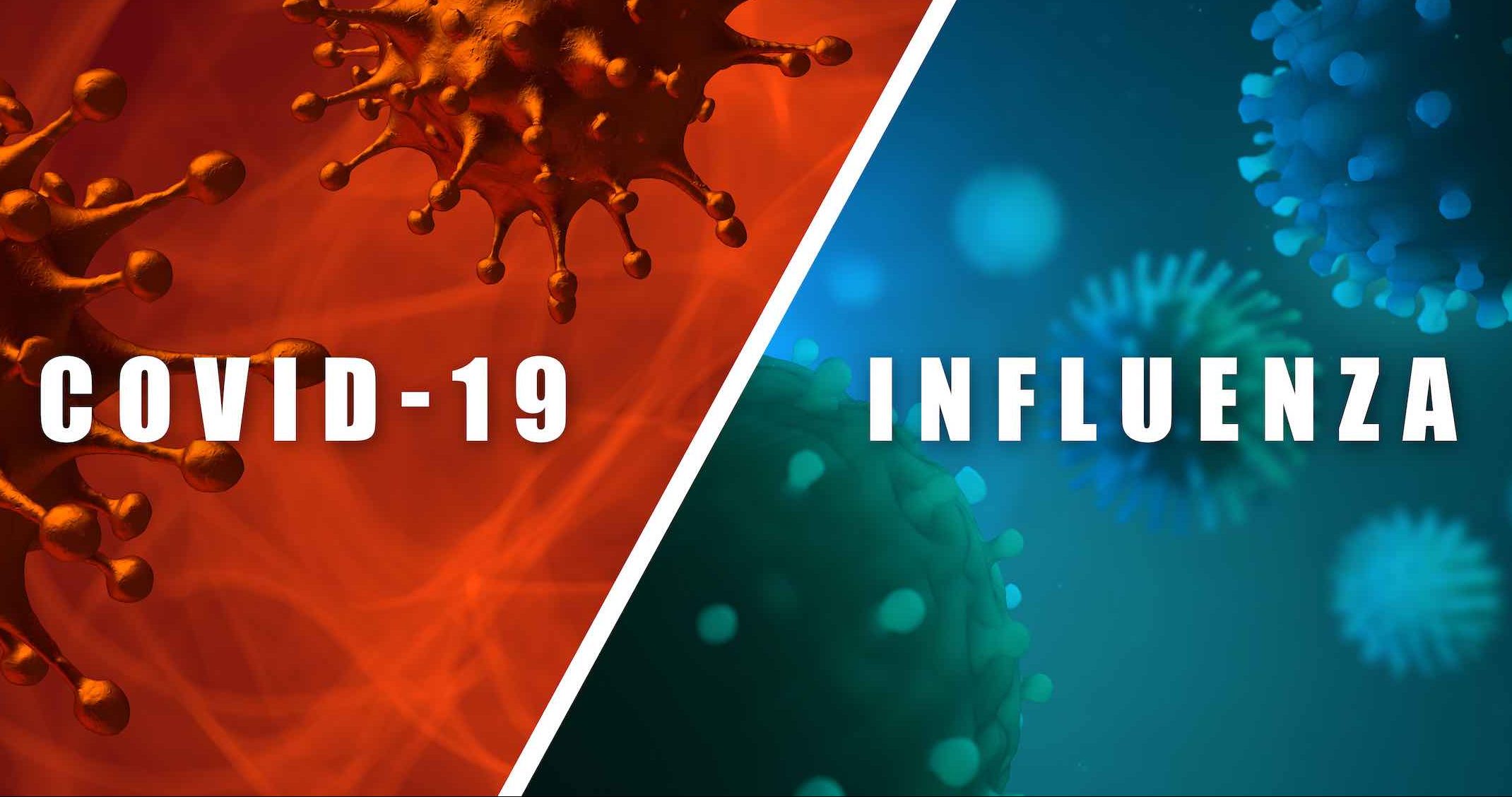- What is Tuberculosis?
The bacteria causing TB, Mycobacterium tuberculosis, spreads through the air when an infected person coughs, sneezes, sings, or speaks. Prolonged exposure to infected individuals increases the risk of transmission.
- How Does TB Spread?
Unlike COVID-19 and the flu, casual contact is unlikely to transmit TB. However, people with active TB in their lungs can spread the bacteria to others through the air.
- Identifying the Signs and Symptoms of TB
Symptoms of TB can develop gradually and may include:
- Persistent cough (lasting longer than three weeks)
- Coughing up blood or mucus
- Chest pain or discomfort with coughing or breathing
- Unintentional weight loss
- Fatigue
- Loss of appetite
- Night sweats
- Fever
Distinguishing Between COVID-19, Flu, and TB
While all three diseases can cause respiratory symptoms, understanding their unique characteristics is crucial for proper diagnosis and treatment. Here’s a table summarizing the key differences between COVID-19, the flu, and TB:
| Feature | COVID-19 | Flu | Tuberculosis (TB) |
|---|---|---|---|
| Cause | SARS-CoV-2 virus | Influenza viruses (A, B, or C) | Mycobacterium tuberculosis bacteria |
| Mode of Transmission | Respiratory droplets from coughing, sneezing, or talking | Respiratory droplets from coughing, sneezing, or talking | Prolonged exposure to infected individuals through the air (coughing, sneezing, singing, speaking) |
| Incubation Period | 2-14 days | 1-4 days | Weeks or months (symptoms may not appear for years) |
| Symptoms | Fever, cough (dry or productive), shortness of breath, fatigue, muscle aches, headache, new loss of taste or smell, sore throat, congestion, nausea, vomiting, diarrhea | Fever, cough (usually dry), sore throat, runny or stuffy nose, muscle aches, headache, fatigue, feeling weak or tired | Persistent cough (lasting longer than 3 weeks), coughing up blood or mucus, chest pain, unintentional weight loss, fatigue, loss of appetite, night sweats, fever |
| Complications | Pneumonia, bronchitis, blood clots, multisystem inflammatory syndrome (MIS-C) in children | Pneumonia, bronchitis, sinus infections, ear infections | Pleural effusion (fluid around the lungs), pericarditis (inflammation of the lining around the heart), meningitis (inflammation of the membranes around the brain and spinal cord) |
| Diagnosis | Viral swab test, antibody test (less common) | Rapid influenza diagnostic test (RIDT), viral swab test | Chest X-ray, sputum test (analysis of mucus coughed up from the lungs), tuberculin skin test (TST) or interferon gamma release assay (IGRA) blood test |
| Treatment | No specific antiviral treatment (supportive care, medications to manage symptoms); vaccines available | Antiviral medications (most effective when taken within 48 hours of symptom onset); annual flu vaccination recommended | Multi-month course of antibiotics; importance of treatment adherence to prevent drug-resistant TB |
| Prevention | Vaccination, masking, social distancing, hand hygiene | Annual flu vaccination, hand hygiene, cough etiquette (covering your cough or sneeze) | Early detection and treatment of active TB cases, proper ventilation to ensure clean air circulation |
Important Note: This table provides a general overview. The specific symptoms and severity of each disease can vary depending on individual factors. It’s always best to consult a healthcare professional for proper diagnosis and treatment.
Fortifying Your Defenses: Strategies for Prevention
Now that we’ve explored the characteristics of these common communicable diseases, let’s delve into strategies to fortify your defenses and keep yourself and your loved ones healthy.
COVID-19 Crusaders: Steps to Stay Safe
Vaccination is the most effective weapon in our arsenal against COVID-19. Getting fully vaccinated and boosted as recommended by health authorities significantly reduces your risk of severe illness, hospitalization, and death from COVID-19.
- Vaccination: Your Shield Against COVID-19
Masking, particularly in crowded indoor settings or when interacting with people at high risk of complications, remains an important preventive measure. Choose well-fitting masks, such as N95 or KN95 respirators, for optimal protection.
- Masking Up: A Simple Yet Effective Barrier
Social distancing, maintaining a physical distance of at least 6 feet from others, particularly those who are sick, can help reduce the risk of transmission.
- Social Distancing: Creating Space to Stop the Spread
Practicing good hand hygiene by washing your hands frequently with soap and water for at least 20 seconds, or using alcohol-based hand sanitizer when soap and water are not readily available, is vital to prevent the spread of germs, including the virus that causes COVID-19.
Flu Fighters: Protecting Yourself and Others
The annual flu vaccine is the single most effective way to prevent the flu and its complications. Getting vaccinated every year is crucial, as influenza viruses constantly evolve.
- The Annual Armor: The Importance of Flu Vaccination
Frequent handwashing with soap and water, especially after being in public places or around sick individuals, and proper cough etiquette (covering your cough or sneeze with a tissue or your elbow) are essential to prevent the spread of the flu virus.
- Hygiene Habits: Handwashing and Cough Etiquette
Staying home when you’re sick not only helps you recover but also prevents you from spreading the flu to others. If you experience flu-like symptoms





